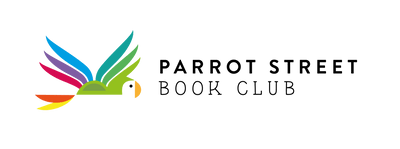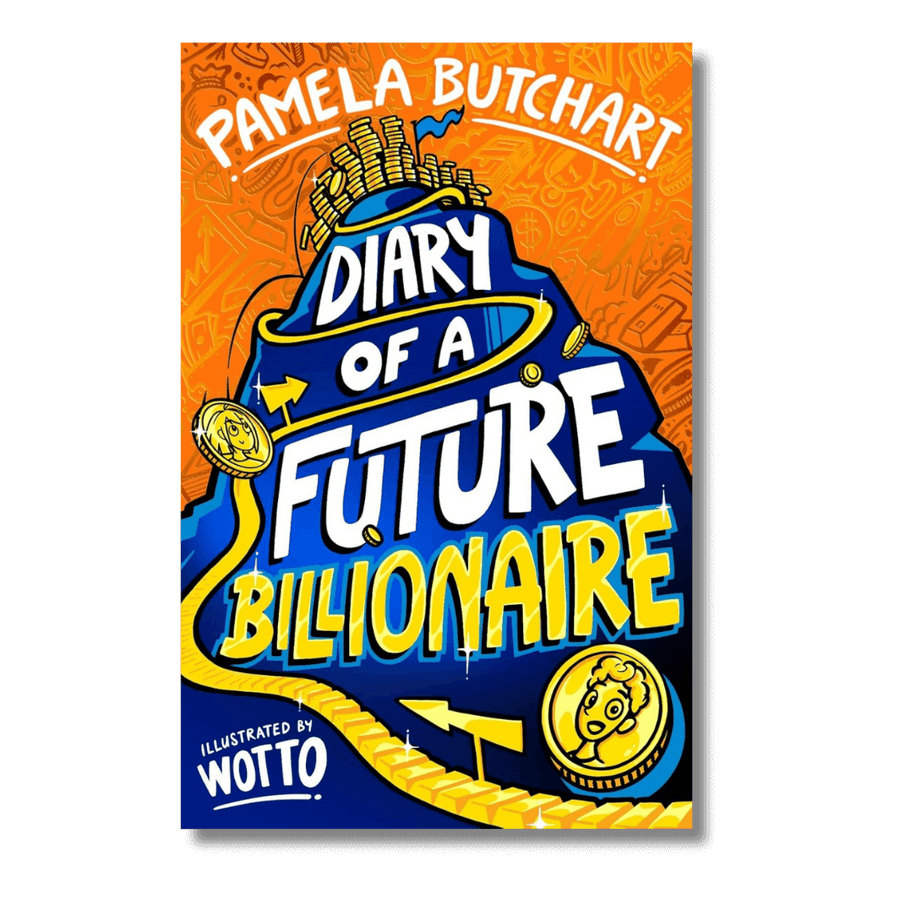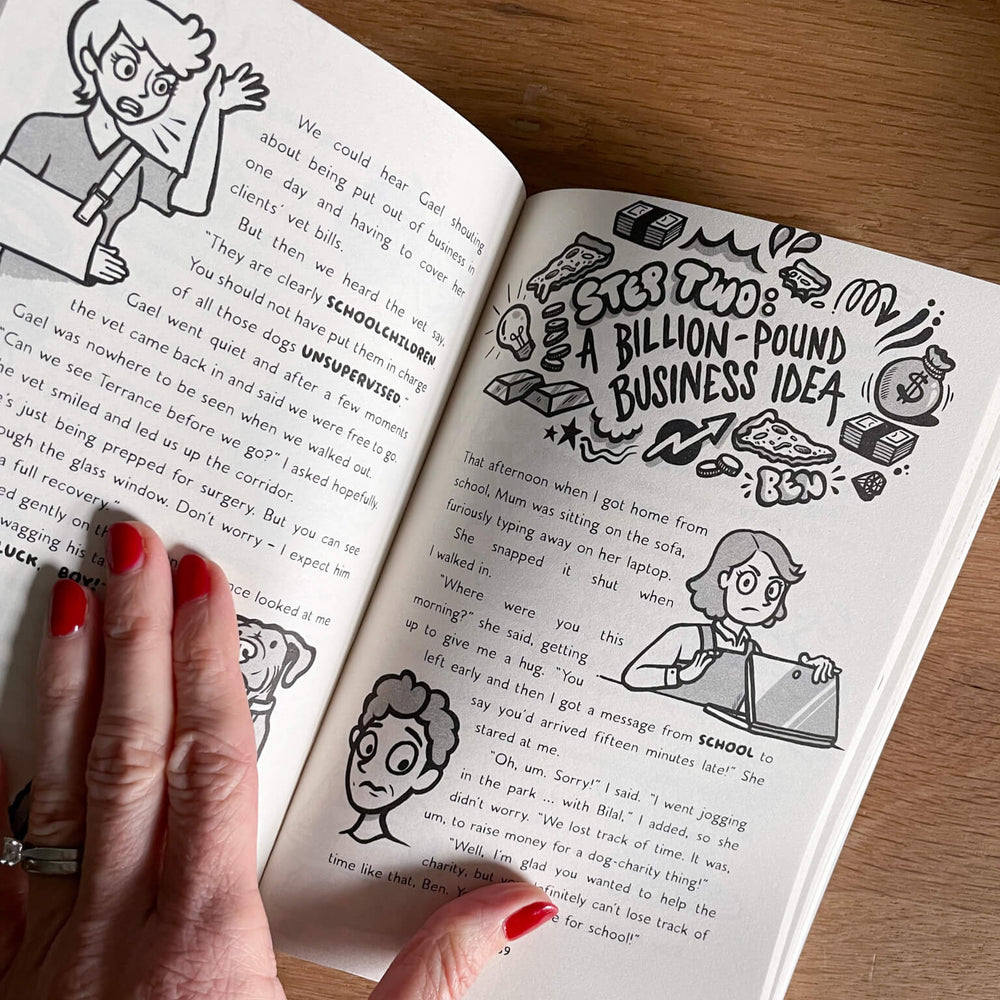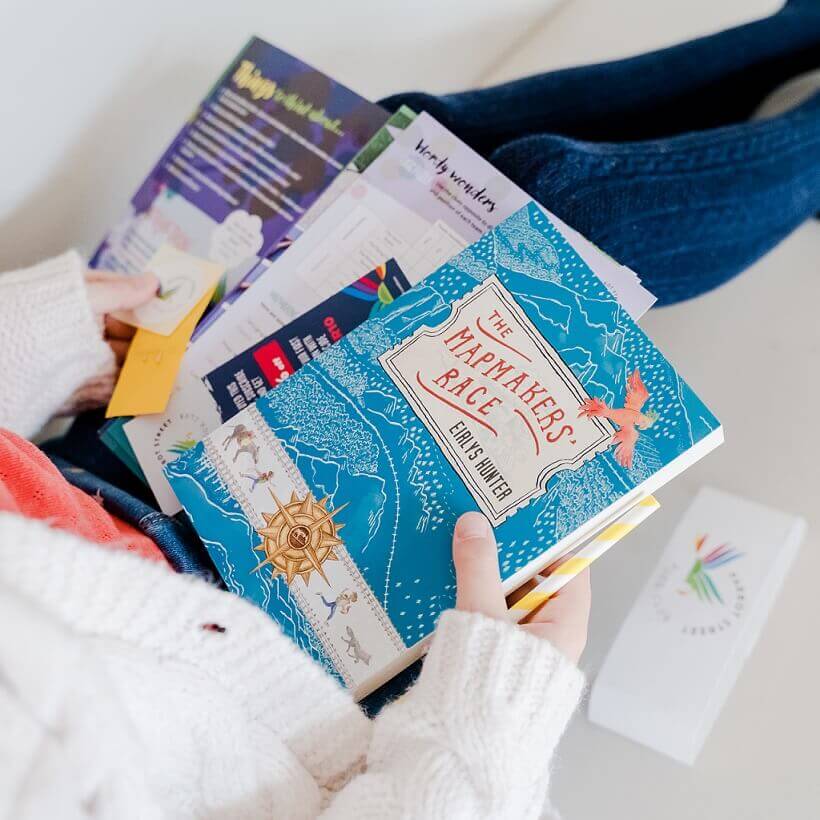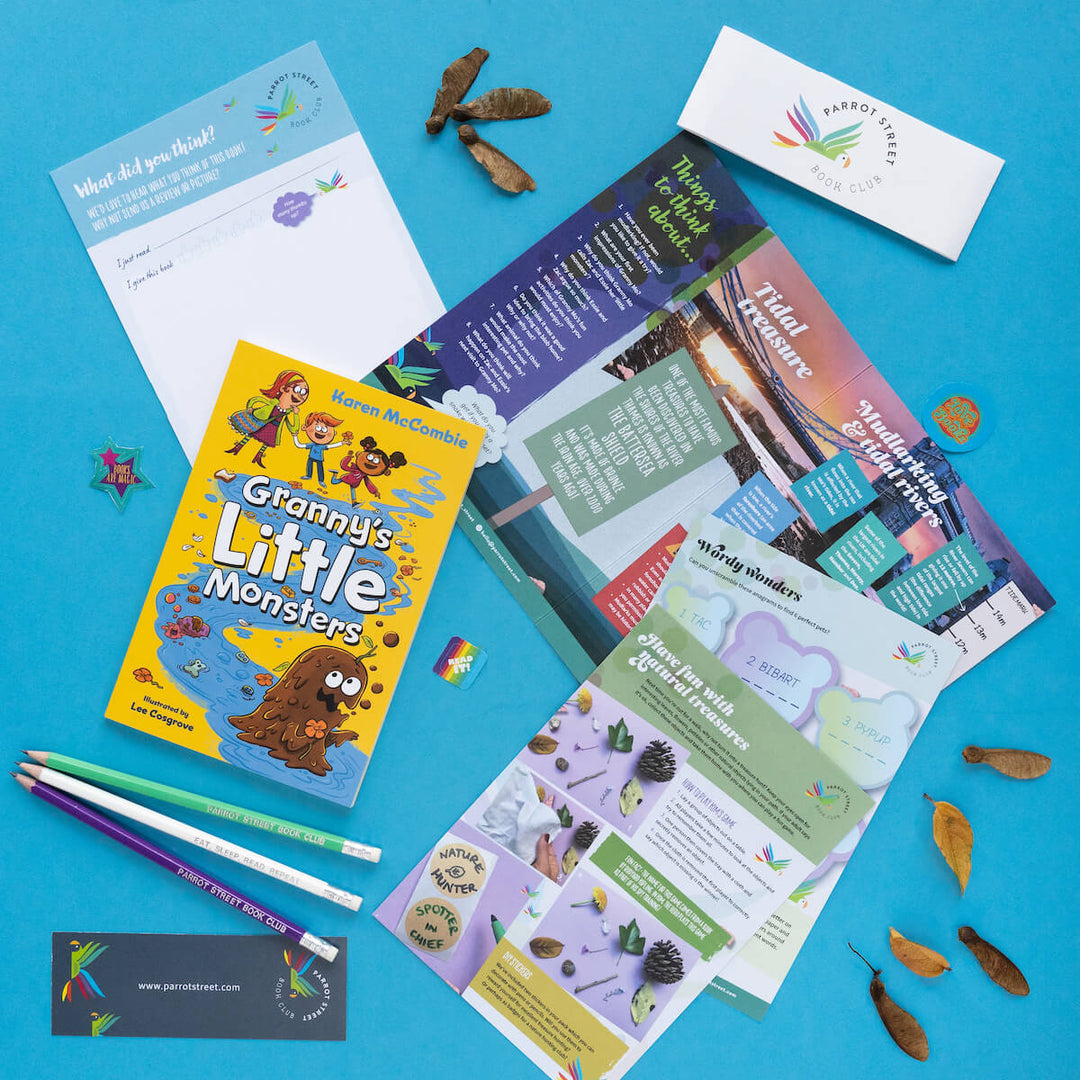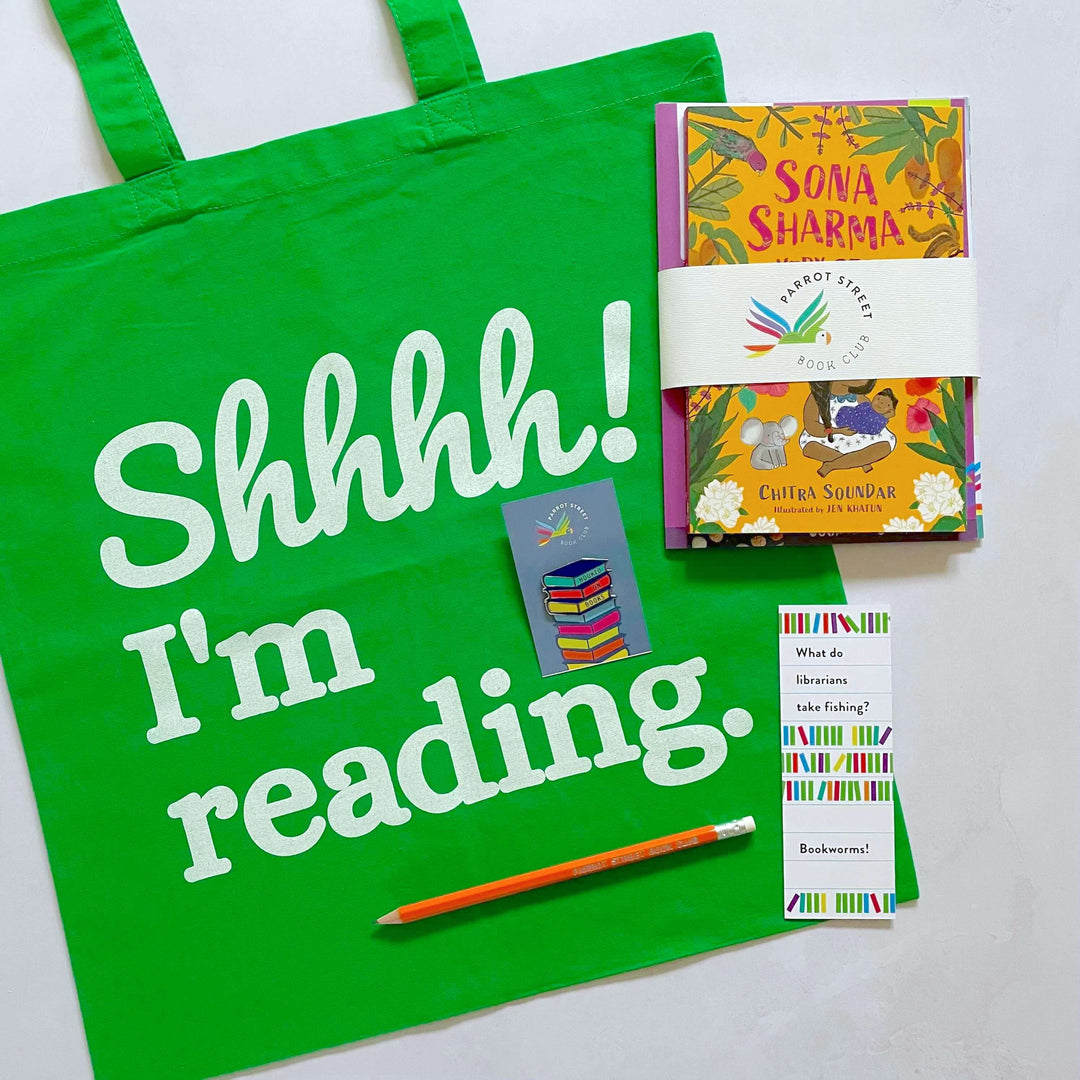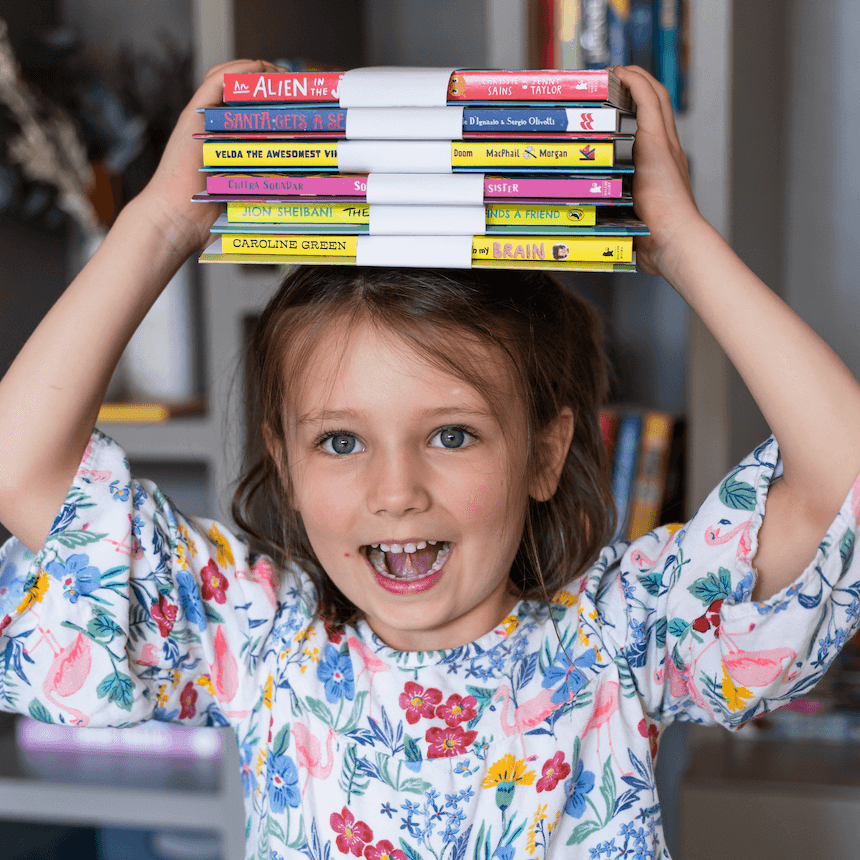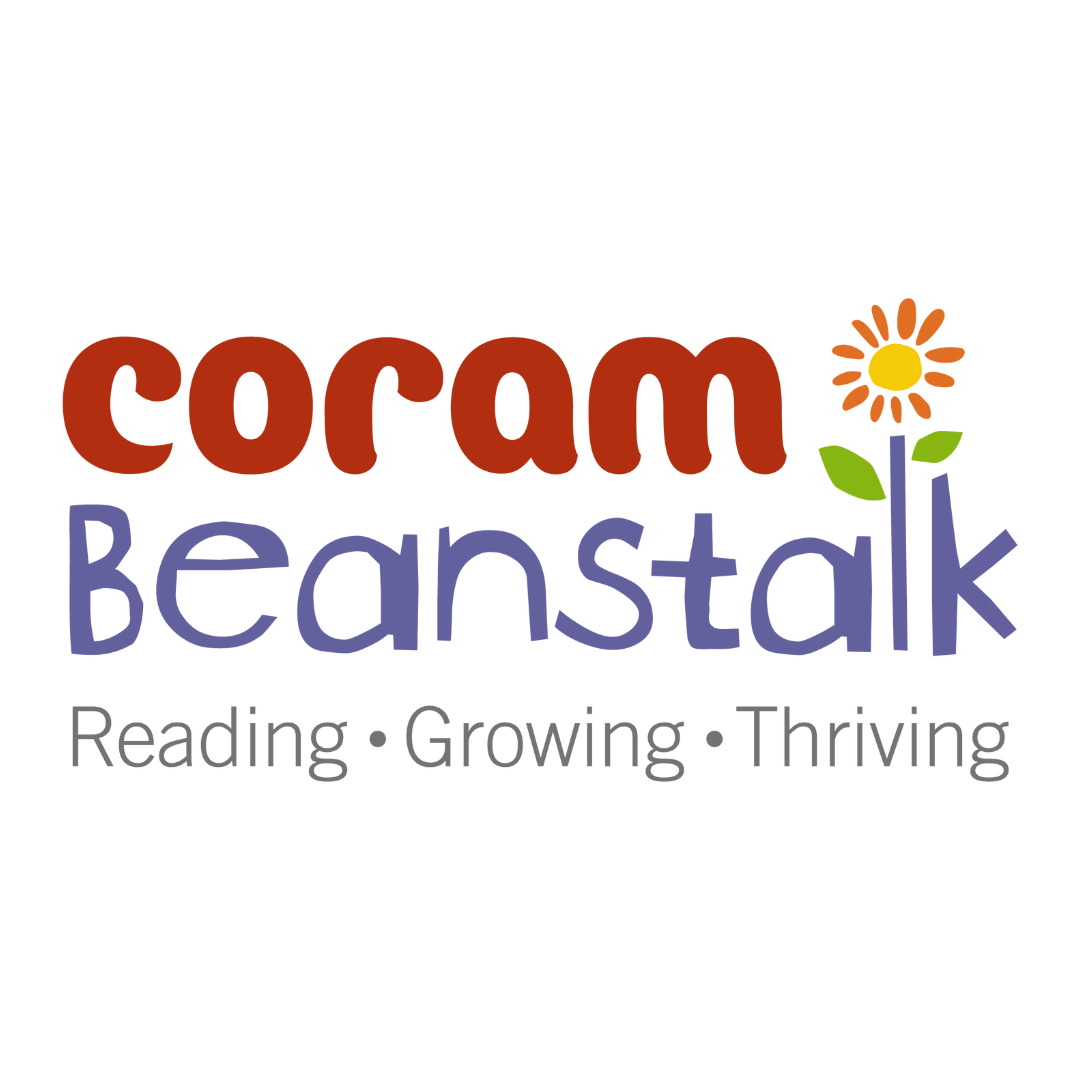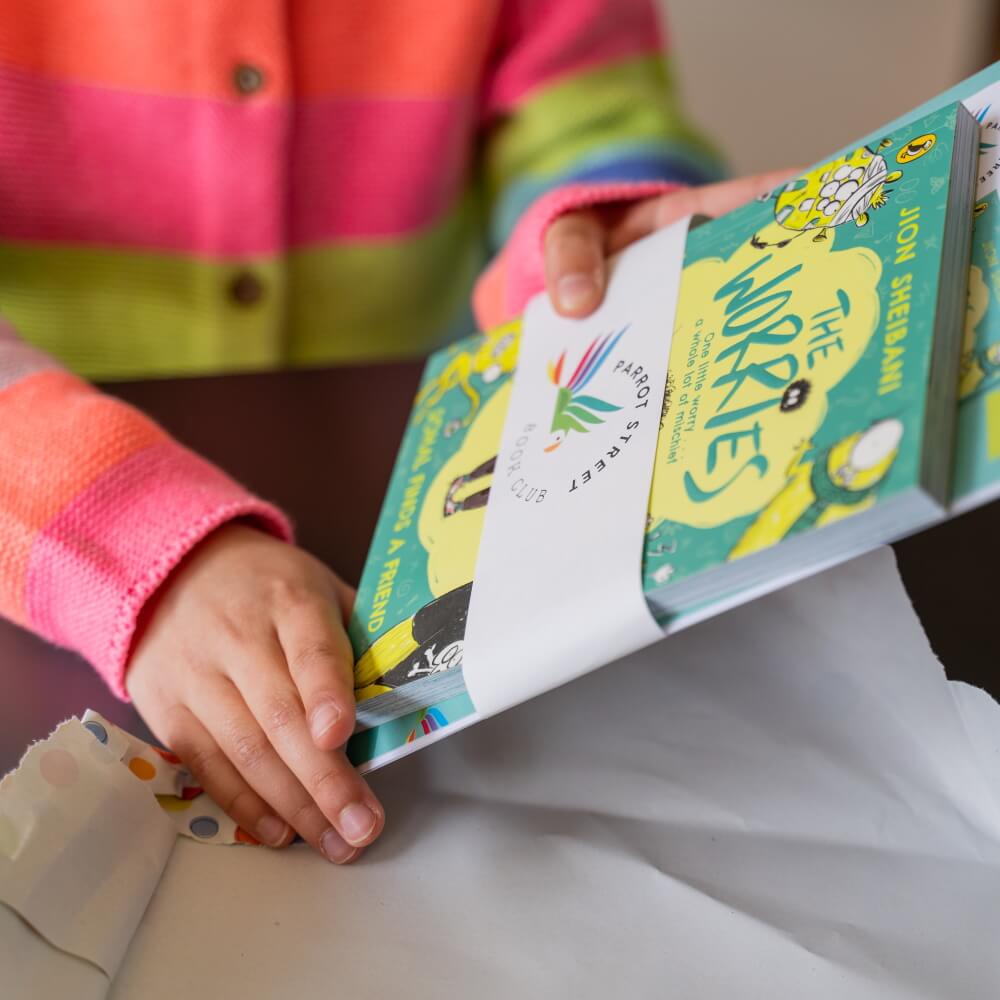Zana Fraillon and Bren MacDibble on The Raven's Song and books for tweens and teens

What inspired you to writeThe Raven’s Song?
Zana: The Raven’s Song was really an experiment – Bren and I wanted to see if we could collaborate on a book together, despite not knowing each other except through our books, and living on other sides of the country. But once we began, we quickly discovered that it was an experiment that we couldn’t let go of – even when Covid hit and threatened to derail the whole thing! Once I started writing, I realised that what we were writing about felt bigger than myself. It is an exploration of how the choices we make now, will impact the future for generations to come. It is about how we can be good ancestors for those who come after us – hundreds and thousands of years into the future.
Are any of the characters or elements of the story based on real people or events?
Zana: Almost all of them! I had been reading a lot about the environmental impact of human activity on the world, and so a lot of this research came through in the book. The idea for the pandemic in The Raven’s Song (which came to us before Covid – we thought we were being so original and clever!) came from the deer carcasses that have recently been revealed due to melting permafrost. These carcases, buried safely underground for thousands of years, carry anthrax spores, and infected the local people who came across them. The other main theme based on real events is the Ravened Girl, sacrificed to the bog hundreds of years ago. I have long had an obsession with bog sacrifice, and although we hadn’t originally planned to have her in the book, once her voice came to me, I couldn’t ignore her. But all the details of her sacrifice – including the wearing of a human skull – all came from actual sacrifices.
We love the landscape which you depict so vividly. What inspired the setting?
Zana: We really wanted the setting to feel like it could exist anywhere, so any reader could feel that they recognise it. I live near a river which inspired the setting for the urban forest in Phoenix’s time, and I superimposed a very eery bog that I visited in Ireland a few years ago on top! But Bren is the master of World Building – she taught me so much about making a place really feel like it exists.
Bren: I love all the historical details Zana brought to the story. Normally, I make up everything. I change one element and the whole world changes. In this case, I delighted in locking the humans in and letting the world rewild outside their land, but had to think about how they would survive in there and how they felt about the land they were rewilding. That really changed how they spoke and thought and the way they lived.
What do you hope young readers will take away from the story and how it unfolds?
Zana: For me, the question I want the readers to be left with, is what kind of ancestor do you want to be, and what of this world is so precious to you, that you can’t bear for future generations to lose?
Bren: I hope it prompts thought and discussion. I don't know the answers, but I know we need to keep thinking and discussing ideas that improve our world, not just think it's too much and nothing can be done. Something can always be done.
Can you tell us anything about what the future holds for Shelby and her community?
Bren: I wrote all Shelby's chapters. I think they will now have an exchange of people, ideas and seeds and some gentle farming of land beyond their borders. I think Shelby's dad will find a new love and Shelby's life will get easier, and they will travel to see the world they left behind and get a new appreciation for it. But they are smarter now, and will never take the delicate balance of nature for granted again.
Why did you choose to write books for this age group?
Zana: I love love love writing for this age group. Readers at this age are right at that moment in their lives when they are beginning to imagine the kind of adult they want to become, and the kind of world they want to live in. They are old enough to know who they want to be, and to fight for injustice that they see in their worlds. Their futures are hugely long and diverse and anything is possible.
Bren: People underestimate this age. They're so intelligent. They can't always express their ideas with clarity or explain their emotions, but they certainly understand what is going on in the world and often feel that their future is uncertain. I think it's empowering to show them a world where everything went wrong, but children are still thriving. It helps them to express what they are feeling and thinking about their own world.
Do you have a favourite place to write?
Zana: My studio! I am lucky enough to have a very small converted kids’ cubby as my studio space. My partner built it for me (with some help from my kids) and that is where I go to create. The walls are covered in cork board so I can pin my research and notes directly on to the wall, books are tumbling from shelves, pictures from my favourite artists peer down at me and prod me into action, and my collections of stones and odd bits and pieces that I have found lie in piles all around me. It’s a little bit like stepping inside my brain – curious and messy and a little bit wild.
Bren: I don't have a space. I lost my office in a house fire and then I travelled around Australia for a couple of years so now I'm an anywhere writer. Couch, kitchen table, kitchen bench, deck chair. Anywhere.
Which other books for tweens and early teens would you recommend our subscribers read next?
Zana: Nicola Penfold is a wonderful author – writing about the same themes but in a very different way. I started reading her books and couldn’t stop. I also really love David Almond’s books, and for older readers, my all time favourite author is Siobhan Dowd. And I also always recommend finding folk and fairy tales – the original ones if you can find them, which are very dark and can be a little bit gruesome. Those tales are historical record and have passed down for thousands of years. They still have a lot to tell us.
Bren: Yes, Nicola Penfold is a definite. If you like our work you'll like hers too. Slightly gentler is Hannah Gold's Bear books. Lesley Parr's wartime stories are really interesting. I'm really loving Aussie, HM Waugh's Mars series right now, following Mars settlers terraforming Mars and cruising across its surface on large sails, opposing factions, scary creatures. Good future science. Sarah Crossan always has brilliant books for teens too. Such a great voice. Her first book was a story about a world without oxygen called Breathe where inhabitants of a bubble city must pay for every breath. Can you imagine? It's been overshadowed by her later work but such a great story. If these are all too serious for students, I always recommend Terry Pratchett's Discworld series. It's still critical thinking, and looking at ourselves, but kids won't realise because they'll be too busy laughing. There's definitely books for every kind of reader out there.
Copies of our The Raven's Song pack, including a copy of the book and loads of fun activities to go with it, are now available for individual purchase. Grab a copy while stocks last!
This post includes affiliate links to our bookshop.org page, meaning we receive a small percentage of the sale should you purchase through them. Additionally, a percentage from all sales on the platform goes directly to local UK bookshops which is an initiative we're delighted to support!
JOIN OUR EMAIL LIST
Children's book news straight to your inbox
We love sharing product updates, book recommendations, children's activity ideas and special offers via email.
